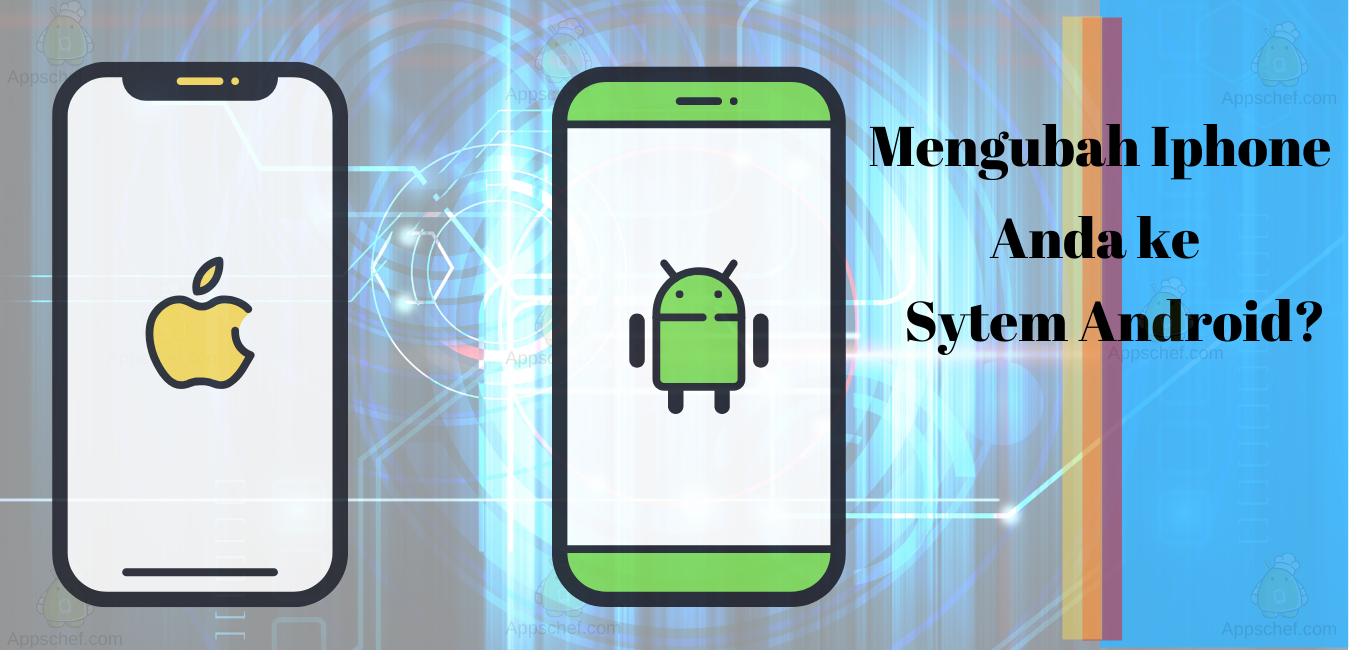React Native is the native version of the widely used web library React. The main objective is to enhance the power of React and shift to native development. React Native components are functions in their pure form without any side-effects that return what the views look like at any point in time. Hence it is easier to write state-dependent views, for updating the view when the state changes are done by the framework. The final user experience is better than the other solutions that simply render a web component inside a Web View as the UI is rendered using actual native views.
React Native, gives many choices to a developer to build a wide variety of applications than just mobile web apps, HTML5 apps, or hybrid apps. One can develop a real mobile app that is indistinguishable from an app built using Objective-C or Java. The building blocks for UI used by React are the same as traditional iOS and Android applications. The integration of these building blocks is done using JavaScript and React.
React Native uses Node.js, a JavaScript runtime, to build a JavaScript code. React introduces a novel, radical and highly functional approach to constructing user interfaces. It mainly aims at enhancing the power of the React programming model to mobile app development. It is not just a cross platform, write-once-run-anywhere, tool but a learn-once write-anywhere tool. React Native was efficient in making an application’s view layer a pure output of state when originally launched for the web. That means instead of imperatively making changes to view components one can simply define what the view should look like based on input data, and React intelligently makes the changes when the state changes.
Why use React Native?
Don’t waste time recompiling
React Native provides faster development of an application. The app can be reloaded each time instead of recompiling again and again. Hot reloading provides a compilation of a new code while retaining the application state. React Native is viewed as a write-once-deploy-anywhere solution by people. It has the potential of speeding up development for applications that need to be developed for both iOS and Android and makes the development process easier for coders.
Use native code when required
React Native combines with code snippets written in Objective-C, Java, or Swift for more efficient development of applications. Optimization is easier as migration to the native code is possible. It is possible to build a part of an application on React Native and the other part using native code. Facebook is one such example.
Who’s using React Native?
Thousands of apps use React Native, from established Fortune 500 companies to the new upcoming startups. Some of them are:
• Facebook
• Instagram
• Walmart
• Bloomberg
• SoundCloud Pulse
ADVANTAGES
Ease Of Learning
The main advantage of React is its readability, even to those unfamiliar with it. Many frameworks require one to learn a number of pre-requisites usable only within the framework and neglecting the language while React does its absolute best to do the opposite.
Vibrant Ecosystem
Most of the code written in React Native is plain JavaScript and it extracts all the benefits of the advancements in the language and its ecosystem. Many powerful features specifically designed for React Native can be used easily.
Developer Experience
React Native has a great development environment. It is beneficial to the developer as it provides the functionality of repeatedly waiting for the code to compile and the app to restart while making mild edits. Any changes made to a React Native codebase are made to the running app without the need to restart.
Code Sharing
React Native can share code between Android and iOS.
Hot Reloading
Hot Reloading is similar Instant Run on Android. Every time a source file is saved, the changes were deployed immediately on the device where the app is running, thus greatly expediting the feedback loop. It is more efficient than Instant Run, but it still breaks from time to time and requires a restart process in the application.
Evaluation of React Native
The best way to evaluate a new technology is to use it and testing was done based on the following plan:
• Create a Twitter Client, running on both iOS & Android
• Measure code re-use
• Evaluate the look and feel of the final app
• Investigate 3rd party library maturity
• Interview current react native developers
• Read official docs
• Review source code of core features
IDE
The recommended IDE is Atom, with a plugin on top of it, Nuclide, which adds support for React Native development and for its recommended static analysis tool Flow. While it might be a good editor in general for JavaScript development, we found it to be far behind compared to IDEs we are used to, like Xcode and Android Studio. For instance, there is no support for even the most fundamental reactors, this could possibly back off the improvement speed.
Conclusion
React Native can be found in short-term applications requiring minimal support. These sort of applications could likewise profit by the quick discharge cycle accessible if dynamically loading part of the application logic from a remote server. React Native has not attained mature or stable platform till date and is still under development. For this reason, React Native is not considered ready to be used in a long-lasting supported application. This does not bar the likelihood for it to be utilized for another sort of applications, having the correct group including the correct level of JavaScript expertise. is by all accounts reasonable for applications with straightforward UI, basic activities, and not long life or execution basic applications.





